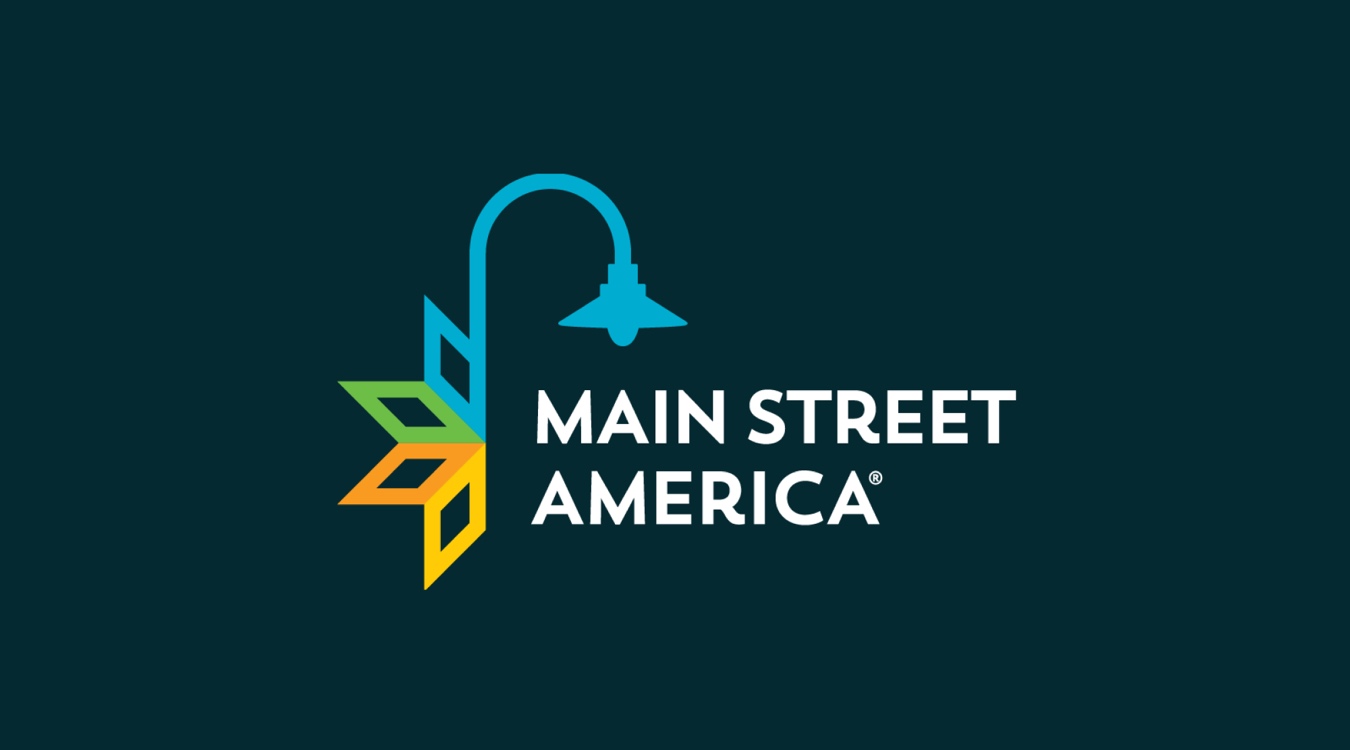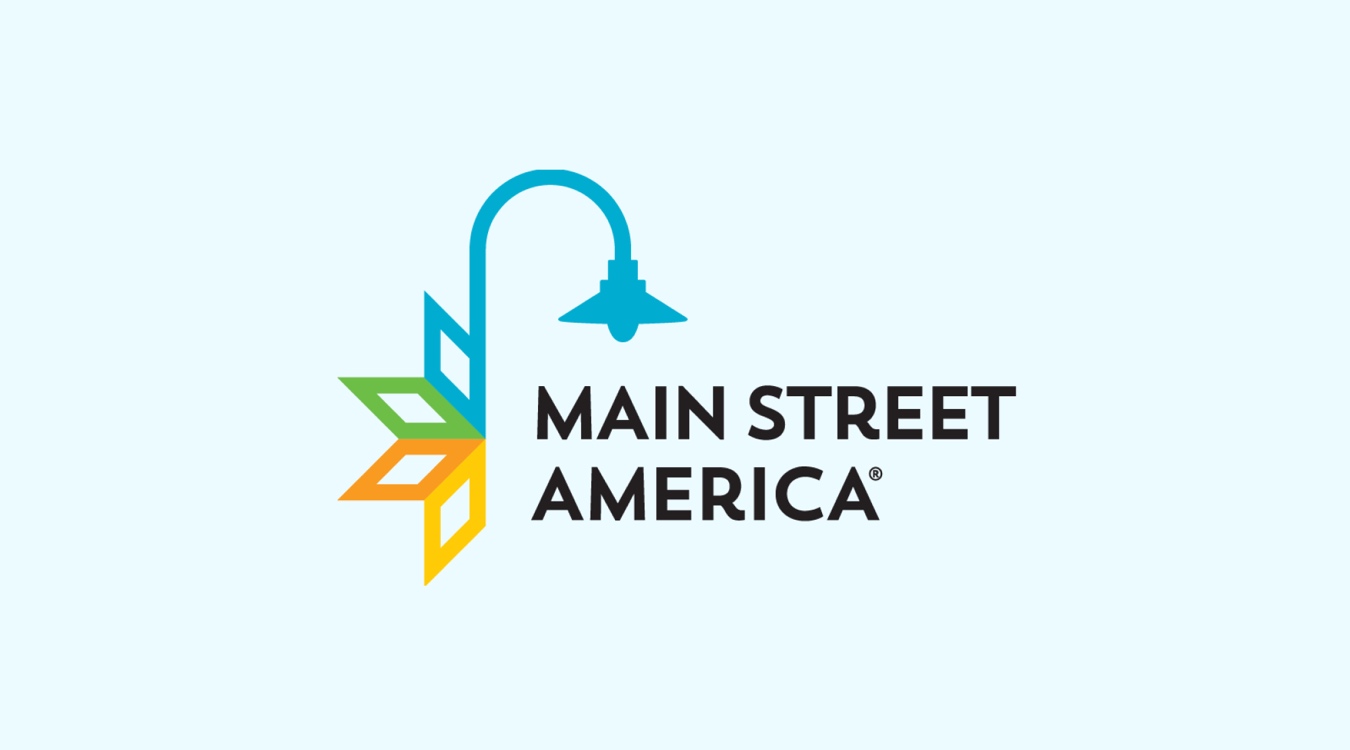Embarking on a transformation strategy for your organization can be an exciting yet daunting process. It requires the right blend of vision, community engagement, and practical execution to achieve sustainable success. In 2024, Gig Harbor Waterfront Alliance began this journey by partnering with Washington Main Street and Main Street America to develop our new transformation strategy: an active waterfront for all.
We went through a comprehensive process of surveys, focus groups, and demographic analysis to determine the new direction for our district. After ten months of hard work, we implemented this strategy, overcame challenges, and restructured our organization for success. In this blog, I’ll explain the steps we took, the hurdles we faced, and the lessons we learned, which I hope will help make this process easier and less daunting for other communities.
Step 1: Ensure Board and Committee Buy-In
The first step in any transformation process is ensuring you have complete buy-in from your board and committees. During the strategy identification phase, we actively involved these stakeholders by including them in surveys, focus groups, and strategy discussions. Despite this early involvement, we discovered that some members were still hesitant when it came time to implement the plan.
To overcome this challenge, we initiated one-on-one meetings with these outliers to address their concerns and bring them on board. During these discussions, it was essential to listen, engage, and communicate the potential benefits of the transformation. We framed the conversation around the bigger picture — how this strategy would benefit the organization and the community. These tailored conversations allowed us to align everyone’s vision and secure the necessary buy-in.
Actionable Tip: Take the time to understand the concerns of those who may not be fully on board. Engaging with them individually can go a long way in ensuring unified support for the transformation strategy.
Step 2: Create and Share an Executive Summary
Once we had secured internal buy-in, we needed to extend that to external stakeholders. We developed an executive summary that outlined our new transformation strategy. This document served as a concise overview of the research, the strategic priorities, and the expected outcomes.
We shared this summary with key stakeholders, including the city council, local businesses, sponsors, donors, and community partners. This step was vital for building awareness and garnering additional support. The transformation process is not just about the internal team — it’s about uplifting the entire community.
Actionable Tip: Developing an executive summary helps clarify your strategy and ensures that key stakeholders understand your goals and can offer support. Make sure this document is shared widely.


















































































































































